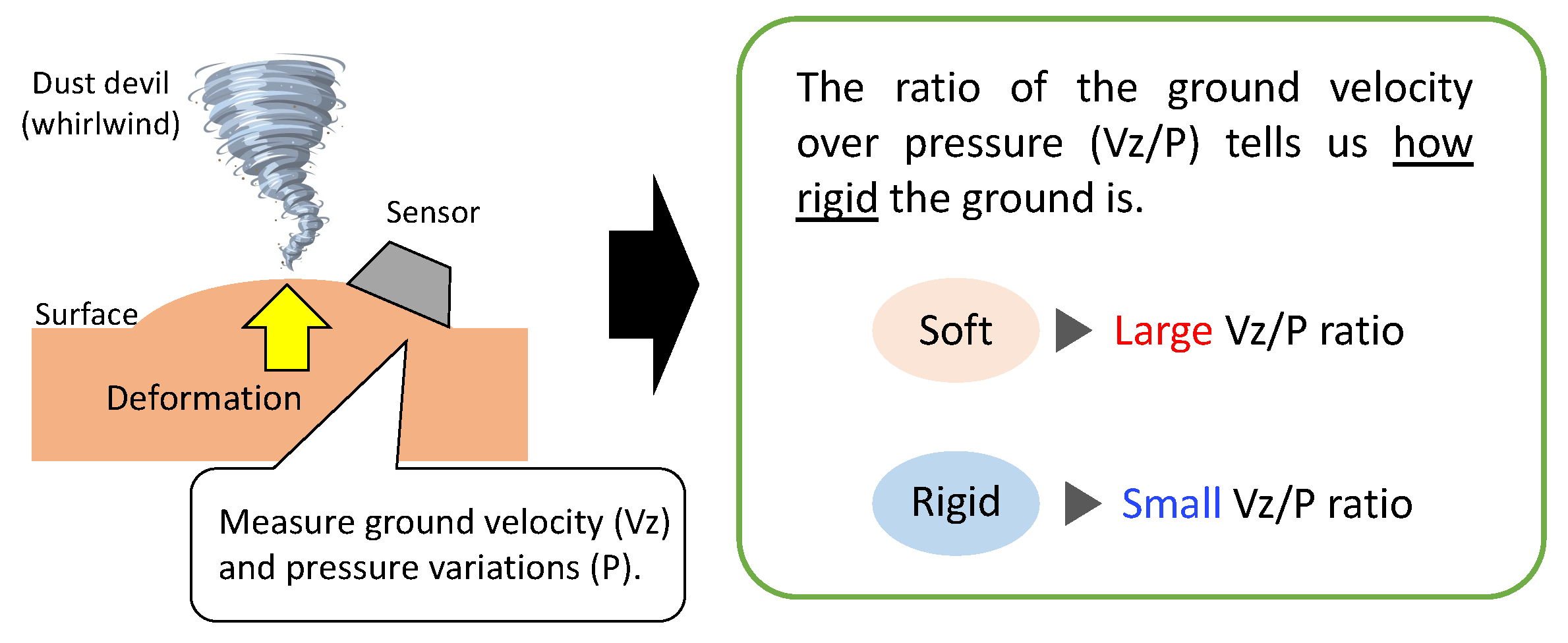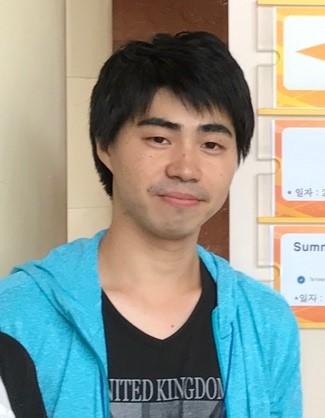June 25, 2021
Participation in NASA's InSight mission ~Seismological Investigation of Mars~
Dual Degree Program program year: 2020
ONODERA Keisuke, Space and Astronautical Science

When a dust devil and/or whirlwind moves around, it slightly deforms the nearby ground by 10-8-10-9 m. Measuring this deformation and pressure variations with the InSight seismometer and pressure sensor at the encounter of the dust devil allows us to estimate how rigid (hard) the ground is..
I joined planetary science group at IPGP (Institut de Physique du Globe de Paris) as a member of science team of NASA's InSight (Interior Exploration using Seismic Investigations, Geodesy and Heat Transport) mission on Mars (2018-present: https://mars.nasa.gov/insight/ ). Generally, as the internal structure of a planet strongly reflects its initial formation and subsequent evolution, the investigation of the internal structure by InSight can give us a significant step to revealing how Mars was formed and what kind of evolution it experienced. As a first step for this, my research is dedicated to understand the subsurface structure around the landing site. While previous studies gave the first Martian subsurface structure model down to 10-20 m, this research intends to refine the model and also investigate deeper structure as much as 100 m depth.
On Mars, we can observe dust devils (or whirlwinds) on a daily basis and this phenomenon is useful to investigate the subsurface rigidity and/or hardness (see Figure). As a dust devil is basically a low pressure, it deforms the nearby ground as it moves. When it is close enough to the seismometer, the instrument can sense the ground deformation, which allows us to estimate how rigid the ground is. Our recent work succeeded in refining the Martian subsurface structure and revealing the structure down to 100 m from the surface, which will surely become one of the standard models.
Period of Stay
Date of Departure: September 8th, 2019
Date of Return: February 1st, 2021
Country and/or City
France/Paris
Visiting Institute, Host, or Meeting
Institut de Physique du Globe de Paris/Université de Paris
Title of your Presentation
- Onodera et al., Seismological description of Martian convective vortices from InSight's data analysis and numerical simulation, InSight French Team Meeting 3rd, 12th October, 2020, Nantes, France.
- Onodera et al., Subsurface structure around the InSight landing site: Compliance analysis for large convective vortices observed during one Martian year operation, Seismol. Soc. Am. ( under review ).
- Onodera et al., Subsurface structure of Mars estimated from InSight seismic and meteorological data, Congrès des Doctorantes Déconfinées, July 1st, 2021, Paris, France.
What you learned and achieved during the visit
First, joining a science team of NASA's InSight mission gave me a lot of opportunities to communicate with top scientists both in Europe and USA, which opened a way to professional collaboration with them.
Second, I feel my English got more practical through weekly discussions with researchers in various fields, and also that deepened my understandings concerning planetary science. These experiences really expanded my horizons and helped me improve not only my research skills but also communication skills..
Department of Space and Astronautical Science,Keisuke Onodera
After graduating department of education at Tokyo Gakugei University, I entered five-year doctoral course of SOKENDAI in 2017. I have been in the course of the international joint thesis program between Université de Paris and SOKENDAI since 2019. My PhD research is dedicated to 3D seismic wave propagation simulation and analysis of lunar and Martian seismic data to better understand the internal structures of the Moon and Mars.

